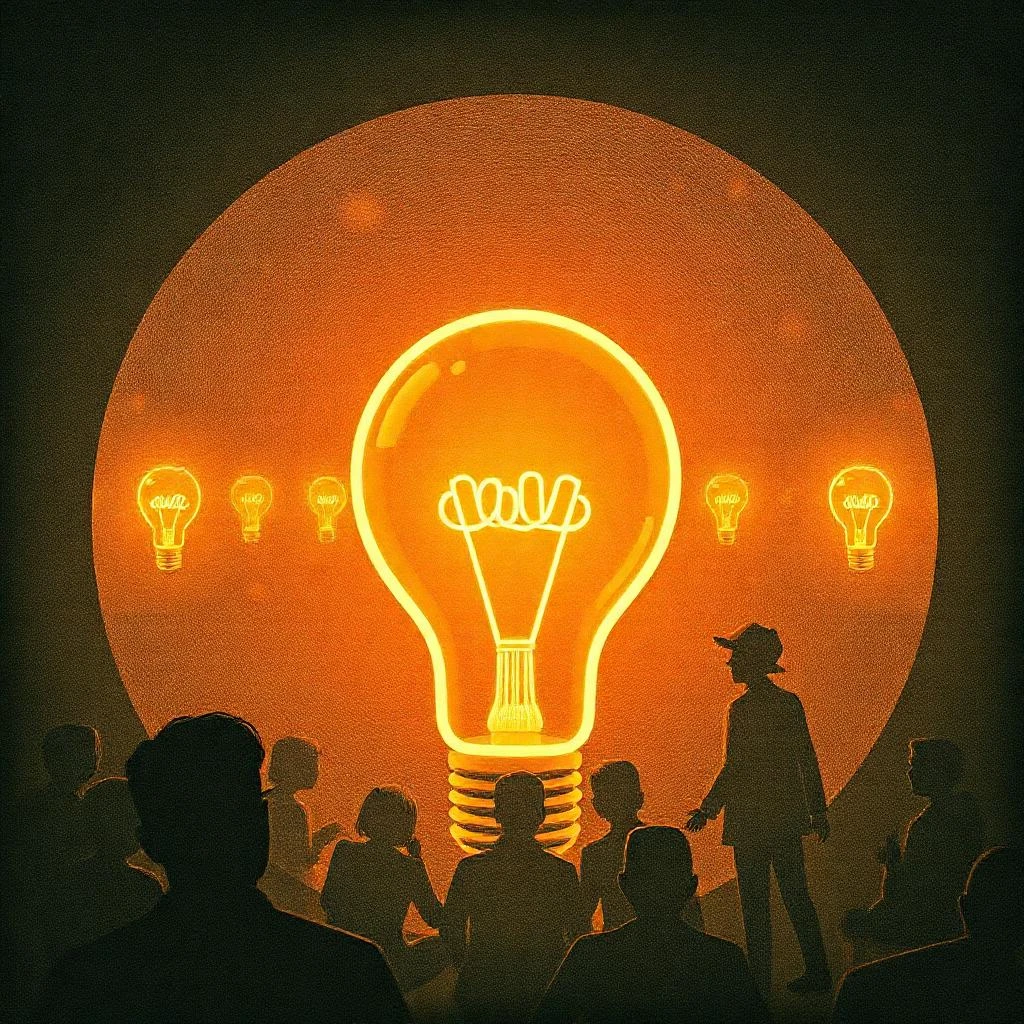TAHA BENKIRANE
MENU

One of the most underrated ideas in product development is the Concierge MVP.
It’s not a flashy concept. But for teams driven by outcomes, not just velocity, it works.
Too often, teams are pressured to move fast and ship constantly. Delivery becomes the goal. But when you’re outcome-driven, the real priority is making sure you’re solving the right problem before you commit time and resources to building anything.
A Concierge MVP is when you deliver the product experience manually, yourself. You don’t build the feature. You don’t automate anything. You simply simulate the experience, step by step, with real users.
The goal is to learn. You’re trying to understand if the product or feature is useful, if users care about it, and how they actually behave when they use it.
Say you’re building a B2B marketplace for small shops. You want to help users place better orders more often, so you come up with an idea:
“Let’s suggest carts based on their previous purchases.”
The idea sounds pretty good, isn’t it?
But
Do they actually want that? Would they use it? Would it bring the value you’re looking for?
Instead of spending weeks building a recommendation engine, you can test the idea right now.
1- Look at users’ past orders
Take a few real customers and check what they’ve been ordering. You can do this with a spreadsheet, no tech needed.
2- Build a suggested cart manually
Based on what they usually buy, create a cart they might want to reorder. Maybe add a few extra items they often forget, or products that go well together.
3- Send it to them
Use WhatsApp or SMS. Something like:
“Hi Ahmed, based on your last 3 orders, we prepared a cart suggestion for this week. Want to review or confirm it?”
4- See how they respond
Do they use it? Do they modify it? Ignore it? Tell you it’s helpful? You’ll quickly get a feel for whether this idea actually saves them time or adds any value.
5- Evaluate the outcome
Don’t stop at engagement—look at real impact :
- Did this increase their share of wallet (did they order more from you than usual)?
- Did they come back more often? (Retention)
You’ll know:
And the best part: you’ll learn all of this without writing a single line of code.
If you’re in Product Management, you already know the deal : most ideas won’t work and the goal of discovery is to test the idea before building it and that’s exactly what we’re doing with Concierge MVP.
Most of the time, you don’t even need dashboards or feature tracking. You need conversations. Reactions. Signals.
And you can get that, quickly and cheaply.
If you’re unsure about a feature or idea, don’t start by building it. Start by pretending it already exists and see what happens when you offer it manually.
If it works, great! and now it’s time to scale your idea.
If it doesn’t, you saved your team from building something no one wants.